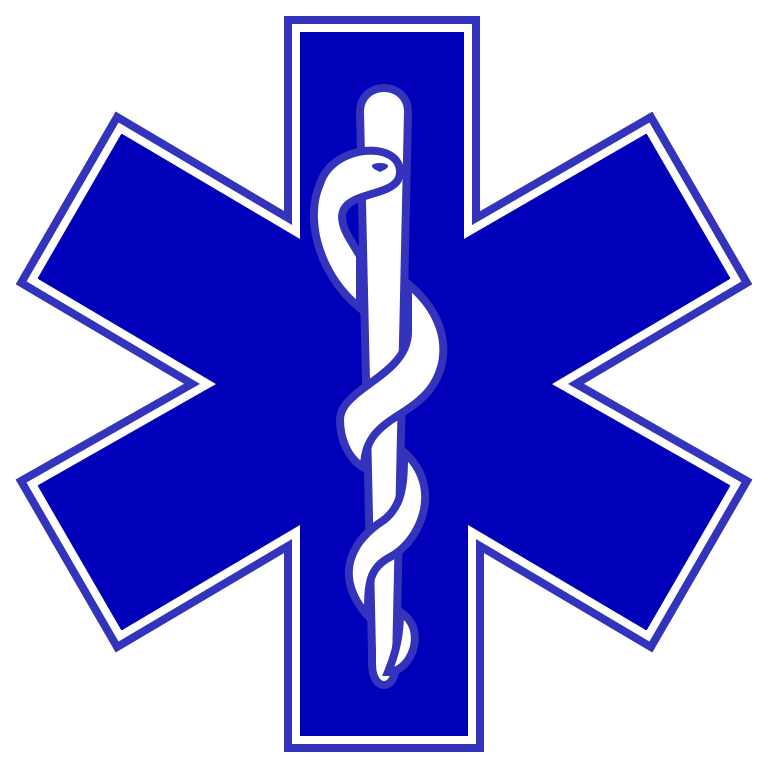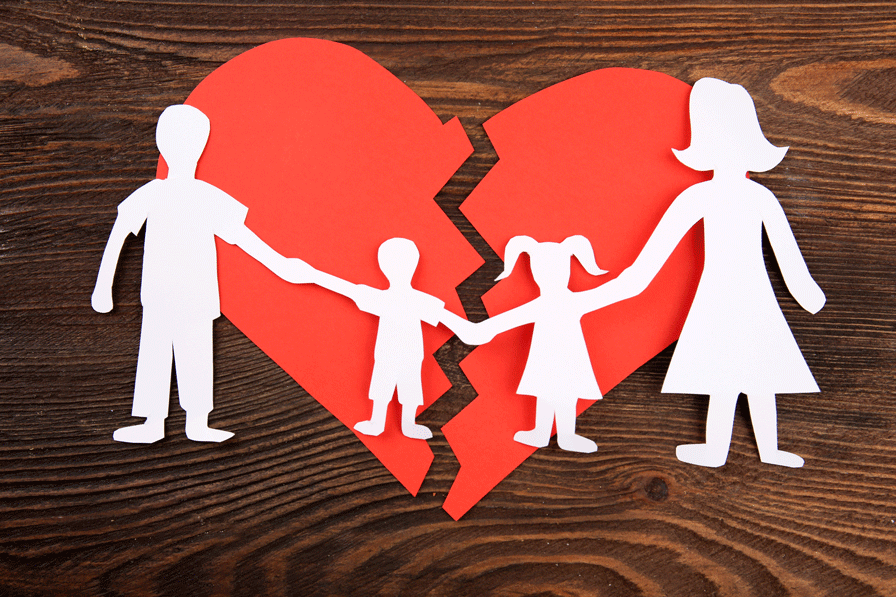 Ever been a patient in an ambulance? It’s quite an experience! If you’ve been the one in the back on a gurney, you know what I’m talking about. Action. Motion. Stress. Pain. Uncertainty. My ride was July 22nd, 2014. I was in a doctor’s appointment with intense chest pain and suddenly began passing out. I was having a heart attack right there in my doctor’s office. In what seemed like only a couple minutes, the crew from Fire Station 9 arrived, including a paramedic from EMS 1. I only remember a few of the details from that ambulance ride . I remember being in a lot of pain. I remember the paramedic had “Captain” printed on his navy blue T-shirt. And I remember that when he arrived on the scene, he immediately took charge of all the people there. The biggest thing I remember, though, is how that EMS “Captain” and the crew from Station 9 saved my life that day. So, when I write about Emergency Medical Services personnel, I write with the greatest appreciation, warmth, and admiration. These guys are the real deal.
Ever been a patient in an ambulance? It’s quite an experience! If you’ve been the one in the back on a gurney, you know what I’m talking about. Action. Motion. Stress. Pain. Uncertainty. My ride was July 22nd, 2014. I was in a doctor’s appointment with intense chest pain and suddenly began passing out. I was having a heart attack right there in my doctor’s office. In what seemed like only a couple minutes, the crew from Fire Station 9 arrived, including a paramedic from EMS 1. I only remember a few of the details from that ambulance ride . I remember being in a lot of pain. I remember the paramedic had “Captain” printed on his navy blue T-shirt. And I remember that when he arrived on the scene, he immediately took charge of all the people there. The biggest thing I remember, though, is how that EMS “Captain” and the crew from Station 9 saved my life that day. So, when I write about Emergency Medical Services personnel, I write with the greatest appreciation, warmth, and admiration. These guys are the real deal.
EMS personnel provide acute care and patient transport when required, like they did with me. EMS personnel undergo extensive training and qualify in different specialties or varieties of EMS, such as Emergency Medical Technician, Emergency Medical Responder, Advanced Emergency Medical Technician, or Paramedic. There are about 840,000 EMS personnel in the United States and the numbers are growing. Some work in private organizations, some are attached to city fire departments or hospitals, and others are trained volunteers in rural areas. With a fleet of nearly 50,000 ambulances, they respond to some 7,000,000 calls each year. Think of the responsibility: every call could involve a situation where someone’s life is in the balance—like mine was in 2014. Talk about stress! And this is where some of the personal problems facing EMS men and women emerge.
 Nationwide call volume, low pay, and “compassion fatigue” contribute to stress, professional burnout, and staffing shortages. Many leave their profession within five years. Like law enforcement officers and firefighters, EMS personnel generally face significant challenges of job-related trauma and stress, and like those other professions, they too face a stigma of seeking help. The result is that their stress compounds at work and at home, leading to many costly secondary consequences including high rates of divorce, financial and health issues, and alcoholism. Jeff Dill, head of the Firefighter Behavioral Health Alliance, says when things go wrong for EMS and firefighters, “That can include things like stress, anxiety, depression and post-traumatic stress.” This is affirmed by a recent study of first-responders by the University of Phoenix, which found one-third had depression or post-traumatic stress disorder (PTSD). Many of these secondary consequences, including PTSD, can be prevented, particularly if preventive education and training is compassionately provided. Speaking of this study, Samantha Dutton (PhD, MSW) of the University of Phoenix, said, “if you don’t get the help early on, that’s the time that it will impact your job.”
Nationwide call volume, low pay, and “compassion fatigue” contribute to stress, professional burnout, and staffing shortages. Many leave their profession within five years. Like law enforcement officers and firefighters, EMS personnel generally face significant challenges of job-related trauma and stress, and like those other professions, they too face a stigma of seeking help. The result is that their stress compounds at work and at home, leading to many costly secondary consequences including high rates of divorce, financial and health issues, and alcoholism. Jeff Dill, head of the Firefighter Behavioral Health Alliance, says when things go wrong for EMS and firefighters, “That can include things like stress, anxiety, depression and post-traumatic stress.” This is affirmed by a recent study of first-responders by the University of Phoenix, which found one-third had depression or post-traumatic stress disorder (PTSD). Many of these secondary consequences, including PTSD, can be prevented, particularly if preventive education and training is compassionately provided. Speaking of this study, Samantha Dutton (PhD, MSW) of the University of Phoenix, said, “if you don’t get the help early on, that’s the time that it will impact your job.”
Forward Free’s mission is to mitigate and prevent the secondary consequences of trauma and stress experienced by EMS personnel and other first-responders, disabled and wounded veterans, Christian leaders, and other community members, through awareness, advocacy and compassionate service. This is in keeping with our vision to one day be the Nation’s leader in transforming people impacted by trauma or stress. To do this we are laying the foundation for a new faith-based national organization that will be scaled to the magnitude of the problems; accessible to people in need through Life Ranches and other means; an organization with sufficient reach to accomplish our mission in every major city across the United States; and, comprehensive to address individual and family physical, emotional, psychological, and spiritual well-being. On July 22nd 2014 a paramedic saved my life. But sometimes we need to “help the helper” and their families. Forward Free will be there. For more information or to donate, visit www.forwardfree.org.
Comments Off on Emergency Medical Services: Lifesavers!